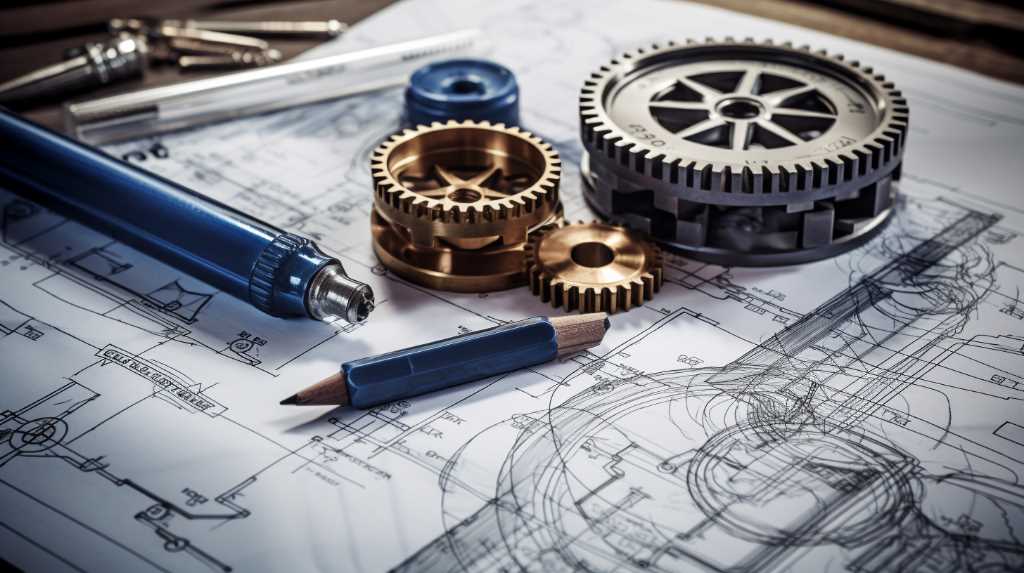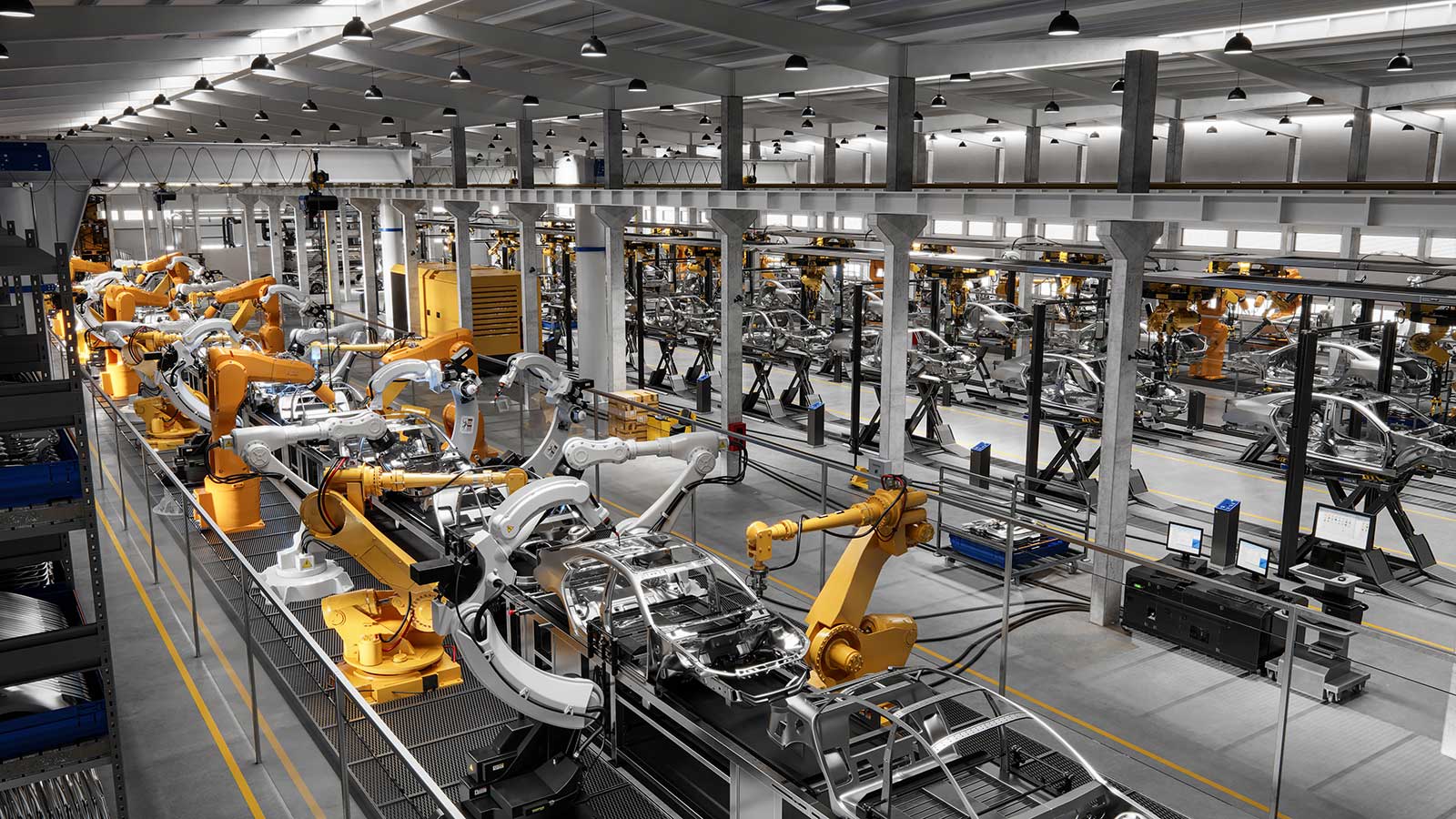Mechanical engineering is a diverse field. It drives innovation across industries.
This discipline is the backbone of modern technology, influencing everything from automobiles to energy systems. Mechanical engineers design, analyze, and manufacture tools, machines, and engines that shape our everyday lives. Their work impacts transportation, healthcare, and even the environment. As technology advances, mechanical engineering continues to evolve, embracing new challenges and opportunities.
Understanding the basics of mechanical engineering can open doors to a world of possibilities, whether you are a student considering a career or simply curious about how things work. Dive into the fundamentals and discover the fascinating world of mechanical engineering.

Credit: www.discoverengineering.org
Innovative Materials
Smart alloys can change shape. These materials remember their original form. Heat can make them return to that shape. Nitinol is a famous smart alloy. It is used in many tools. Dentists use it for braces. Engineers use it in machines. It can fix itself after bending. This makes smart alloys very useful.
Composite materials combine two or more substances. Each substance has different properties. Together, they make a stronger material. Fiberglass is a common composite. It is used in boats and cars. Carbon fiber is also popular. It is light and very strong. Composites can be used in many things. They are often found in sports equipment. Engineers love using them because of their strength.
Advanced Manufacturing Techniques
3D printing builds objects layer by layer. Printers use special materials like plastic or metal. This process is fast and makes complex shapes. It is cost-effective for small batches. Designers can quickly test ideas with it. Customization is easy with 3D printing. Each item can be unique. It is used in many fields. Medicine, art, and automotive benefit greatly.
CNC machining uses computers to control machines. Precise cuts are made on materials like metal or wood. Machines follow exact instructions. They can repeat tasks without errors. This technique is ideal for mass production. Parts are consistent and reliable. Different industries rely on CNC. Aerospace, electronics, and furniture makers use it a lot.
Sustainable Engineering Practices
Engineers design machines to use less energy. This helps the planet. Energy-efficient machines save money too. They do not waste power. Lights, motors, and engines can be more efficient. Using less energy is good for everyone.
Making less waste is important. Engineers think of smart ways to cut waste. Recycling materials helps a lot. Factories can use scraps again. Old parts can become new parts. Less waste means a cleaner world. Everyone can help by reducing waste.

Credit: www.engineering.txst.edu
Robotics Integration
Automation systems help machines do work fast. They save time and energy. Robots can make cars or pack boxes. They do the same job many times. This means fewer mistakes. Machines work with computers to follow orders. They use sensors to see and touch. This makes them smart. Factories use many robots. They help workers do hard jobs. Robots can work all day. People get tired but robots do not. This makes production faster.
AI means artificial intelligence. It makes robots think. Robots learn to do new tasks. They can play games or talk to people. AI helps robots make choices. They decide what is safe or dangerous. Smart robots see problems and fix them. They can learn from mistakes. This makes them better. AI helps robots in hospitals. They help doctors and nurses. Robots bring medicine or move patients. AI makes life easier.
Thermal Dynamics
Heat moves in three ways. Conduction happens in solids. Heat jumps from one part to another. Convection works in liquids and gases. Heat moves with the fluid. Radiation does not need anything to travel. It moves through space.
Keeping devices cool is important. Fans blow air to move heat away. Heat sinks absorb extra heat. They keep machines from getting too hot. Thermal paste helps heat flow better between parts. It fills tiny gaps. This helps in cooling.

Credit: www.clarkson.edu
Fluid Mechanics
Hydraulic systems use liquid power to move objects. These systems are found in cars and factories. The liquid, often oil, flows through tubes. Pressure builds up and moves parts. This makes machines work. Hydraulic systems are strong and can lift heavy things. They are also easy to control. Engineers use these systems to make life easier.
Aerodynamics studies how air moves around things. Airplanes use aerodynamics to fly smoothly. Cars use it to move faster and save fuel. Designers make shapes that cut through air easily. This is important for speed and safety. Aerodynamics helps us understand how birds fly. Engineers learn from nature to improve designs. Better designs help us go faster and use less energy.
Structural Analysis
Stress testing checks how strong a structure is. Engineers use tools to test the strength. They apply force and see how the structure reacts. This helps to find weak spots. It's important for safety. Without testing, buildings might break. Engineers fix problems before they happen. Testing saves money and lives.
Load bearing structures hold up buildings and bridges. They carry the weight. Walls, beams, and columns are examples. Strong materials are used for building. Steel and concrete are common choices. These structures must handle heavy loads. Weak structures can collapse. Engineers design them carefully. Testing ensures they are safe. Safety is the first priority.
Emerging Technologies
Tiny particles called nanoparticles are changing engineering. They are smaller than you can see. Engineers use them to make materials stronger. These materials can also be lighter. Nanotechnology helps in making better medicines too. It can deliver drugs right to sick cells. This is useful in treating diseases. It is also used in electronics. Smaller computer chips can be built with it. This helps computers work faster. Nanotechnology is making many things better.
Smart sensors are like little helpers. They can measure things. Temperature, speed, and light are examples. These sensors send information to computers. This helps machines work better. Smart sensors can save energy. They turn off lights when not needed. Cars use them too. They help in parking and safe driving. Factories use them to check machines. They warn if something is wrong. Smart sensors make life easier.
Frequently Asked Questions
What Exactly Does A Mechanical Engineer Do?
Mechanical engineers design, analyze, and manufacture machines and systems. They solve technical problems using principles of physics and material science. Their work spans industries like automotive, aerospace, and energy. They create efficient processes and innovative solutions, ensuring safety and reliability in products and machinery.
What Are The 4 Types Of Mechanical Engineering?
The four types of mechanical engineering include thermal engineering, fluid mechanics, structural analysis, and manufacturing engineering. Thermal engineering focuses on heat transfer. Fluid mechanics studies fluid behavior. Structural analysis examines the strength of materials. Manufacturing engineering deals with production processes.
These specializations address various engineering challenges and innovations.
What Is The #1 Best Engineering Job?
The #1 best engineering job is often considered to be software engineering. It offers high demand, competitive salaries, and numerous career growth opportunities. Software engineers work on developing and improving software systems, making it a dynamic and rewarding field.
Do Mechanical Engineers Make 100k?
Yes, mechanical engineers can earn $100k. Experienced professionals or those in high-demand industries often reach this salary. Location, industry, and experience level play significant roles in salary potential. Pursuing advanced degrees or certifications can also increase earnings. Always research specific job markets for accurate salary expectations.
Conclusion
Mechanical engineering shapes our world in many ways. It solves real-world problems and creates innovations. This field offers diverse career opportunities. Engineers design, build, and improve machines and systems. Their work impacts daily life and future technologies. Students gain valuable skills like problem-solving and teamwork.
These skills are essential in today's job market. Mechanical engineering is both challenging and rewarding. It requires dedication and creativity. As technology advances, this field will continue to grow. It remains a vital part of our society. Consider exploring this exciting and dynamic profession.
It could be the path to your future.
.png)






0 Comments